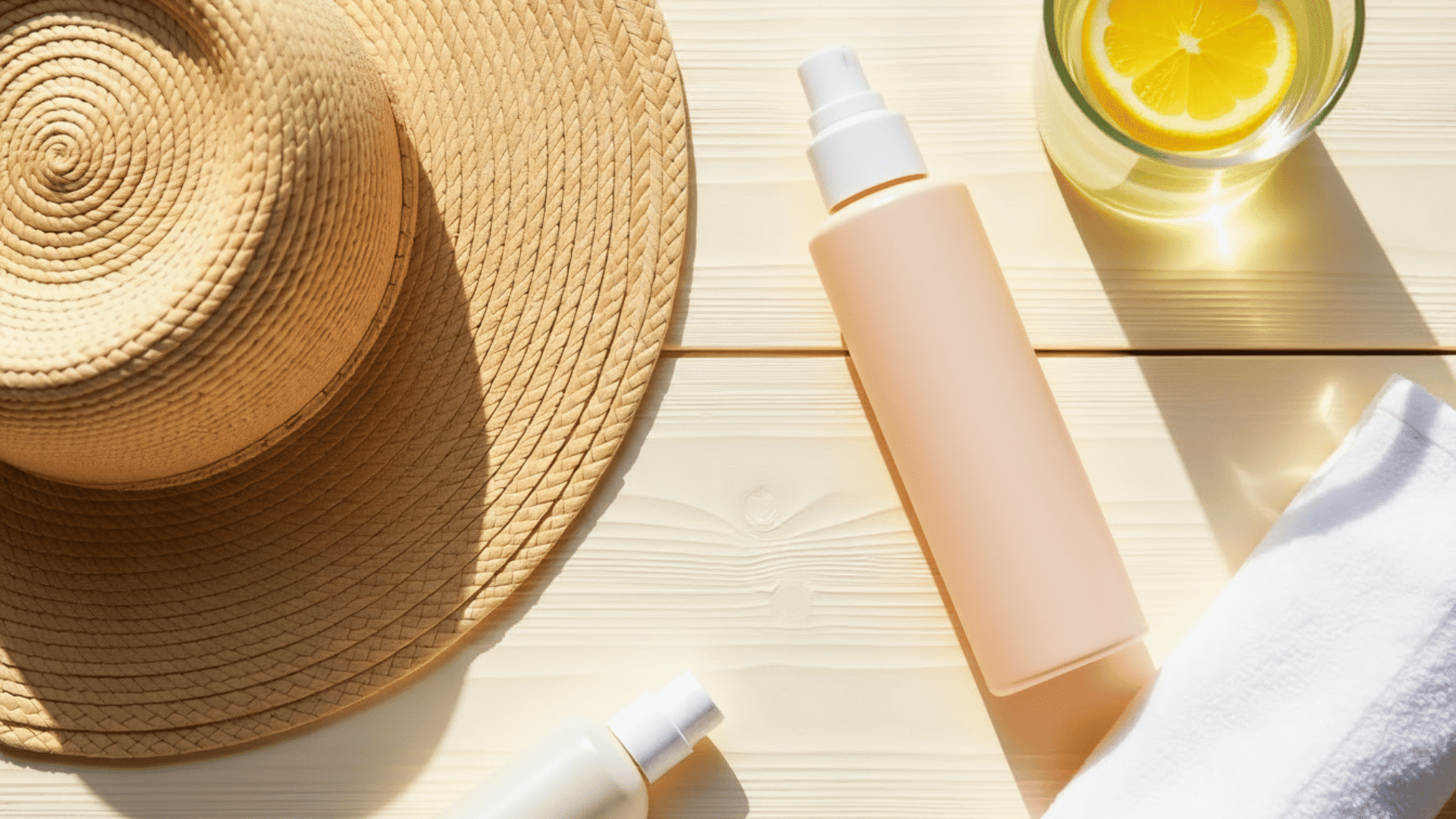Most people remember to put sunscreen on their face and body, but forget about their scalp. The skin on top of the head gets easily burned by the sun, especially in areas where hair is thin or missing.
A sunburn on the scalp can be very painful and cause redness, burning, and peeling skin.
The scalp is tricky to treat because of the hair covering it. Learning how to spot, treat, and prevent sunburned scalp is important for anyone who spends time outside.
This blog covers simple remedies, warning signs to look out for, and helpful medical advice for managing it.
The information provided in this blog is for educational purposes only and should not replace professional medical advice.
What Makes Your Scalp Vulnerable to Damage?
The scalp is one of the most exposed parts of the body to harmful UV rays, yet many people overlook its protection.
There might be more than one reason why they experience a sunburn on the scalp
Hair provides some protection, but it’s often not enough. People with thin hair, bald spots, or hair parts are especially at risk.
The scalp skin is thinner and more sensitive than other areas, making it susceptible to burns that are both faster and more severe. Have you ever felt your scalp burning after a day outside?
Weather conditions make burns worse. Wind moves hair around, exposing more skin. High altitudes, water reflections, and even cloudy days can cause burns, as UV rays can penetrate through clouds.
Signs and Symptoms of a Sunburned Scalp
Here is a structured table that clearly explains the key symptoms:
| SYMPTOMS | WHAT IT LOOKS OR FEELS LIKE | When TO BE CONCERNED |
|---|---|---|
| Redness and Tenderness | The scalp appears flushed and feels sore to the touch | If redness spreads or pain worsens after a few days |
| Tight or Dry Feeling | Skin feels stretched, dry, or uncomfortable | If dryness leads to cracking or severe itching |
| Flaking or Peeling | Small white flakes appear, sometimes mistaken for dandruff | If peeling is excessive or combined with severe pain |
| Hair Shedding | Increased hair loss or brittle strands in affected areas | If hair thinning continues long after healing |
| Blisters or Swelling | Raised bumps or fluid-filled blisters appear on the scalp | If blisters burst, become infected, or swelling spreads |
| Headache or Heat Sensation | A burning feeling or mild headache in sunburned areas | If accompanied by fever, nausea, or dizziness |
Most cases of sunburn on the scalp are temporary and improve within a few days if treated gently. Taking early steps to soothe and protect the area helps speed up healing and reduces the risk of complications.
Homemade Sunburned Scalp Remedies
Sometimes the best relief comes from the kitchen or garden. Natural ingredients can cool, hydrate, and calm the scalp without harsh chemicals, making them a safe, effective option for soothing sunburn at home.
1. Aloe Vera Gel
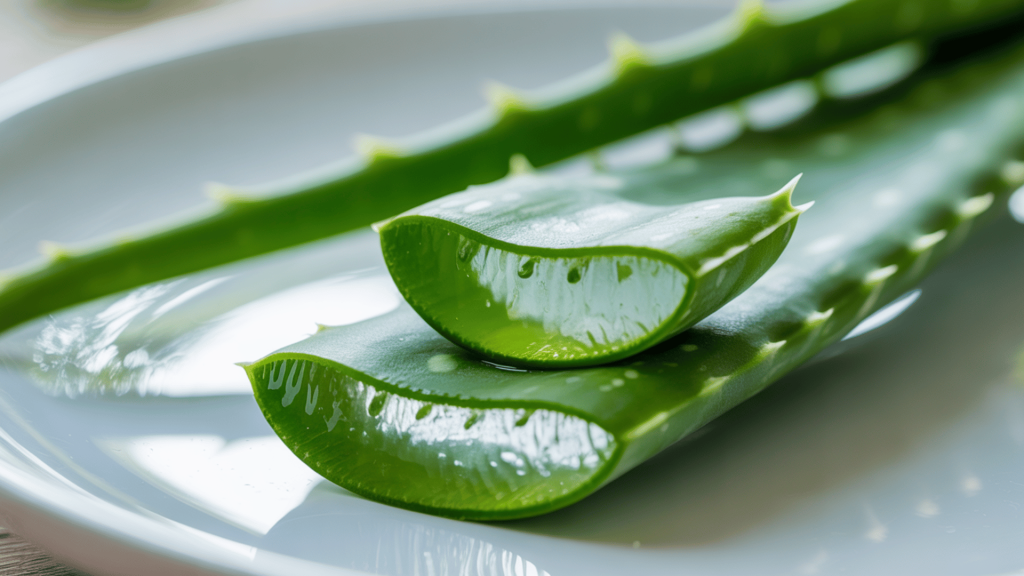
Aloe vera is a classic natural remedy for soothing burns, and it works wonders on the scalp. The gel has a cooling effect that soothes the skin while delivering deep hydration.
Regular use not only calms irritation but also helps speed up the healing process.
- Why it works: Cools overheated skin, hydrates deeply, reduces redness
- Benefits: Provides fast relief, supports skin recovery, and prevents peeling
- How often to apply: Two to three times daily until symptoms ease
2. Coconut Oil
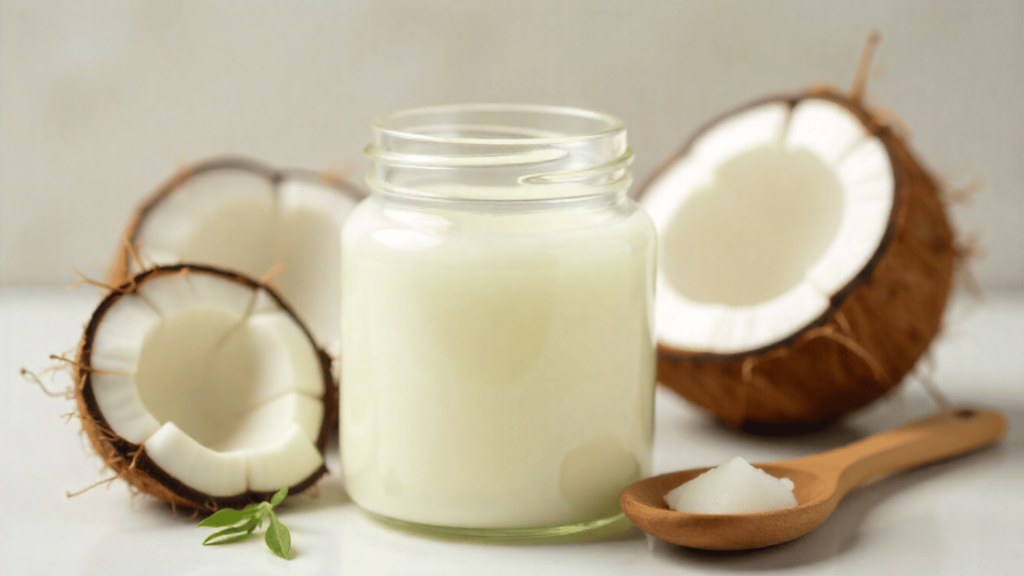
Coconut oil is rich in fatty acids that nourish and restore dry skin, making it an ideal choice once the initial sting of the burn subsides.
It helps lock in moisture and creates a soothing layer over the scalp, reducing flaking. Over time, it leaves the skin softer and less irritated.
- Why it works: Restores natural oils, keeps the scalp supple
- Benefits: Reduces dryness, prevents excessive peeling, nourishes scalp health
- How often to apply: Once daily, ideally at night before bed
3. Cool Compress
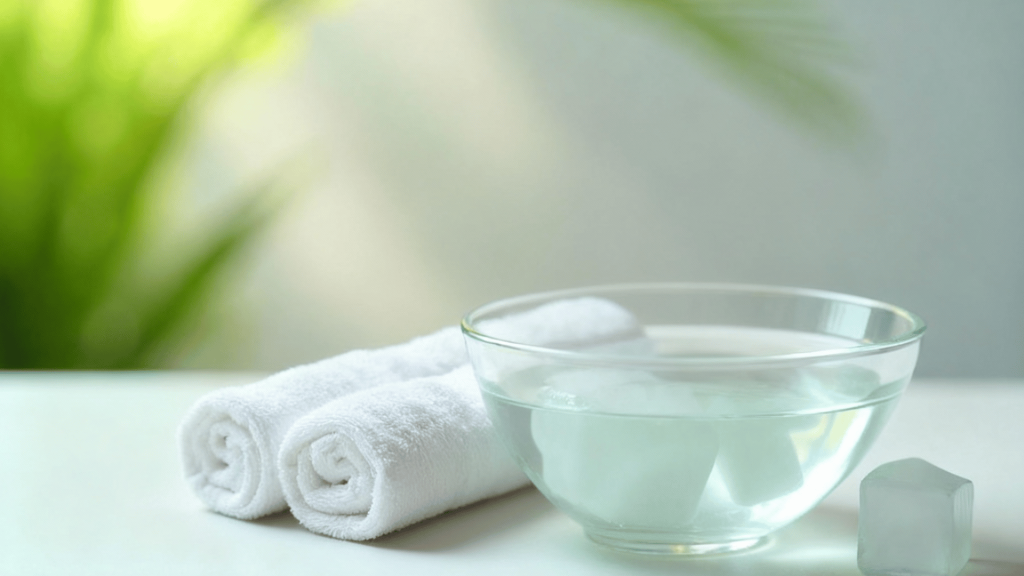
A cool compress is one of the easiest and quickest ways to relieve discomfort from sunburn on the scalp. Lowering the temperature of the affected skin reduces heat, soreness, and swelling.
It is safe to repeat as often as needed throughout the day.
- Why it works: Draws out heat and reduces irritation immediately
- Benefits: Relieves pain quickly, calms sensitive skin, reduces swelling
- How often to apply: Several times daily for 10–15 minutes at a time
4. Oatmeal Rinse
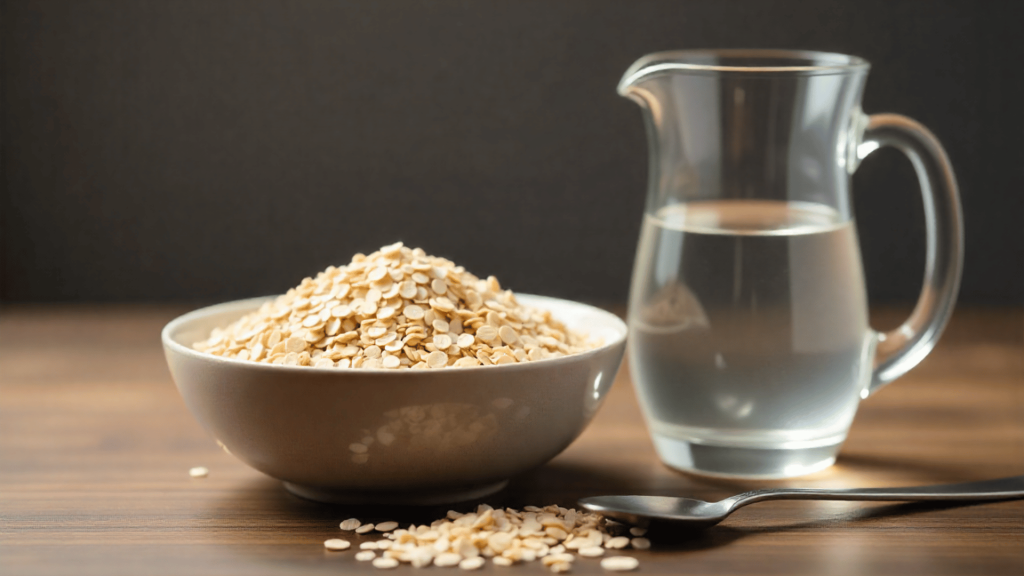
Oatmeal has long been used to calm itchy, irritated skin, and it works just as well on the scalp. When mixed with water, it creates a soothing rinse that reduces redness and irritation.
It’s especially helpful if the burn is making the scalp feel dry and tight.
- Why it works: Anti-inflammatory properties reduce discomfort and redness
- Benefits: Relieves itching, restores comfort, hydrates gently
- How often to apply: Once daily until irritation fades
5. Honey Mask
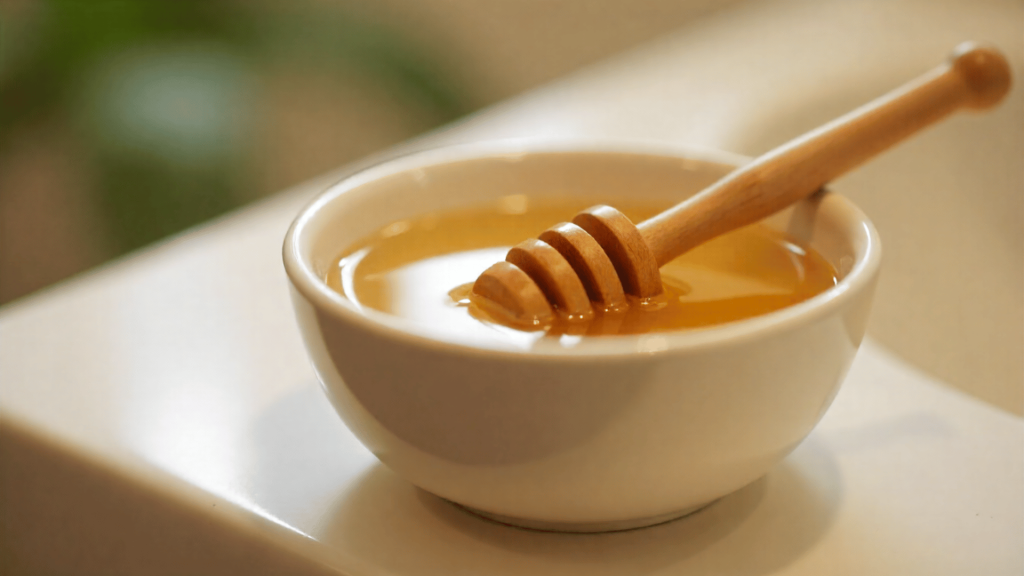
Honey is a natural healer that provides both hydration and antibacterial protection. Applying a thin layer to the scalp can help speed up recovery while keeping the skin soft.
Its gentle moisturizing qualities also reduce flakiness as the burn begins to heal.
- Why it works: Moisturizes deeply and prevents infection on damaged skin
- Benefits: Heals minor burns, reduces dryness, improves scalp texture
- How often to apply: Two to three times weekly
6. Cucumber Pulp
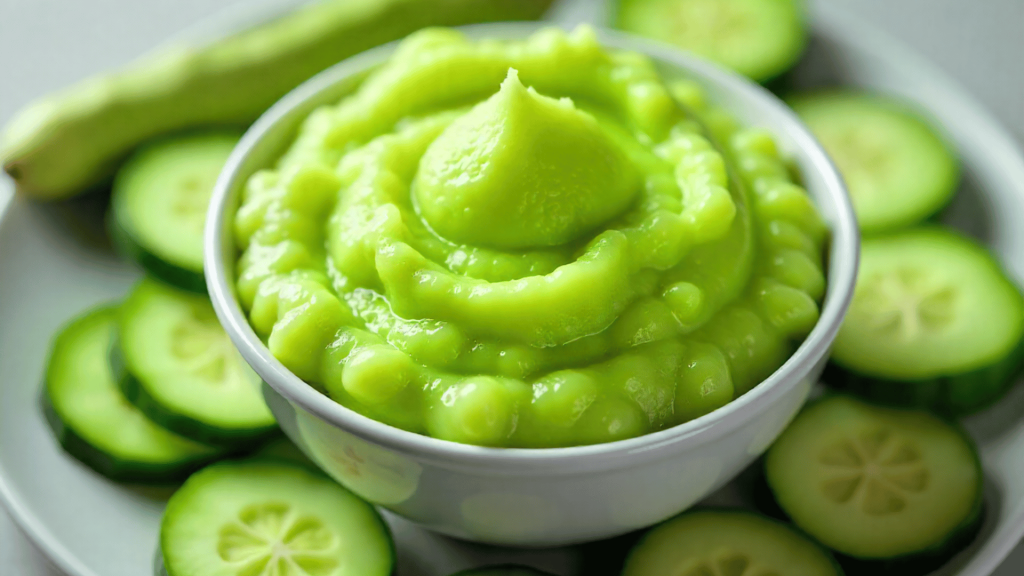
Cucumber is rich in water and natural cooling compounds that provide instant relief to overheated skin. When applied to the scalp, the pulp refreshes and hydrates, easing irritation and helping the burn feel less tender.
It’s especially soothing when used chilled.
- Why it works: Hydrates the skin and reduces inflammation naturally
- Benefits: Calms heat, lessens irritation, and refreshes the scalp
- How often to apply: Once daily or as needed for relief
7. Green Tea Rinse
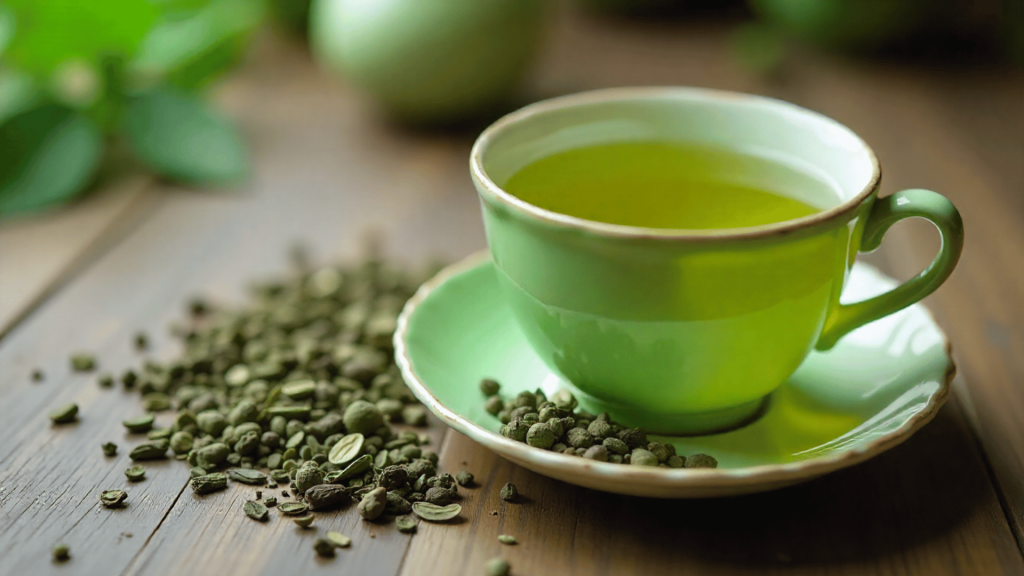
Green tea is rich in antioxidants that help soothe sunburn and support the skin’s natural repair process. When cooled and used as a rinse, it reduces inflammation and feels refreshing on tender areas.
It’s a natural, gentle option for those wanting an easy at-home remedy.
- Why it works: Antioxidants reduce damage and inflammation
- Benefits: Soothes irritation, promotes healing, leaves scalp refreshed
- How often to apply: Once daily until symptoms improve
Over-the-Counter and Medical Care
When home remedies are insufficient, over-the-counter products and basic medical care can provide faster relief. These options help manage pain, reduce inflammation, and protect the scalp while it heals.
8. Hydrocortisone Cream
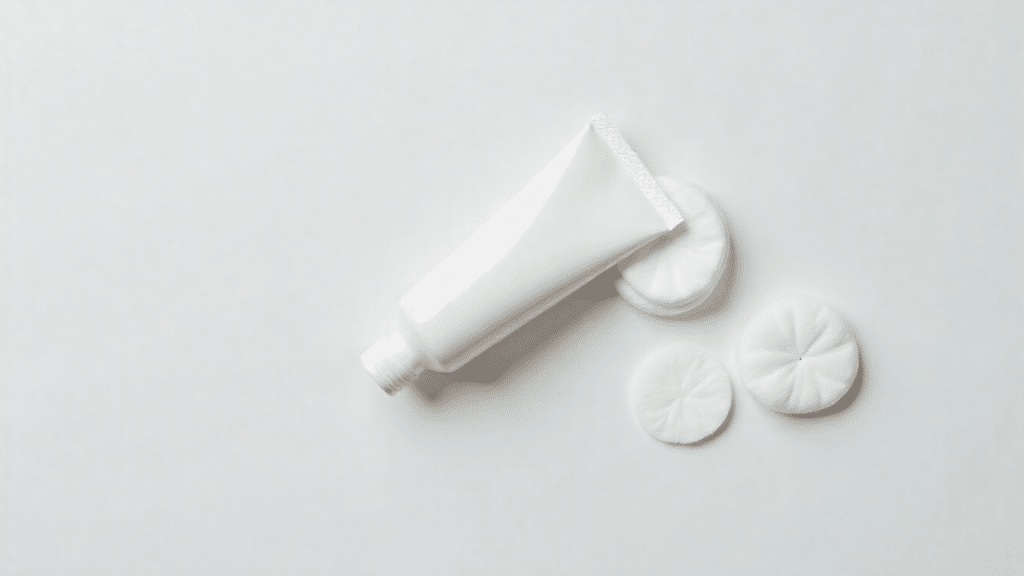
Hydrocortisone cream is a mild steroid that helps ease inflammation and itching caused by a scalp sunburn. It’s especially useful for spots that feel very sore or irritated.
Using it sparingly can calm flare-ups and speed up the healing process.
- Why it works: Reduces redness, itching, and inflammation
- Benefits: Provides quick relief for irritated patches, prevents worsening
- How often to apply: Once or twice daily for a few days, as needed
9. Ibuprofen or Aspirin
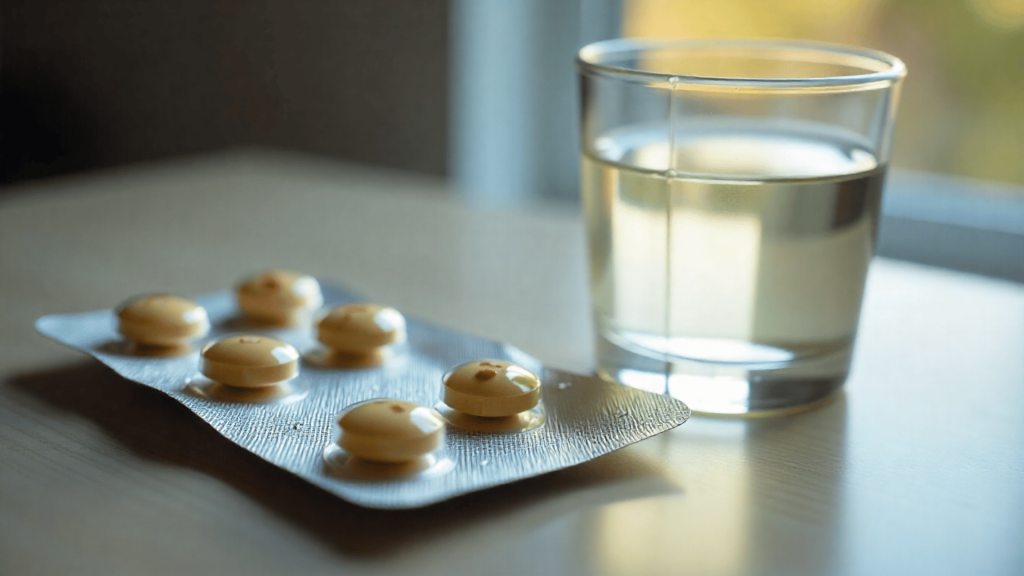
Sometimes a sunburn causes more than just surface discomfort, leading to headaches or swelling.
Over-the-counter pain relievers like ibuprofen or aspirin can help manage pain while reducing inflammation inside the body. This makes healing easier and more comfortable.
- Why it works: Targets both pain and inflammation
- Benefits: Relieves soreness, reduces swelling, improves comfort
- How often to apply: As directed on the package, usually every 6–8 hours
10. Moisturizing Shampoos
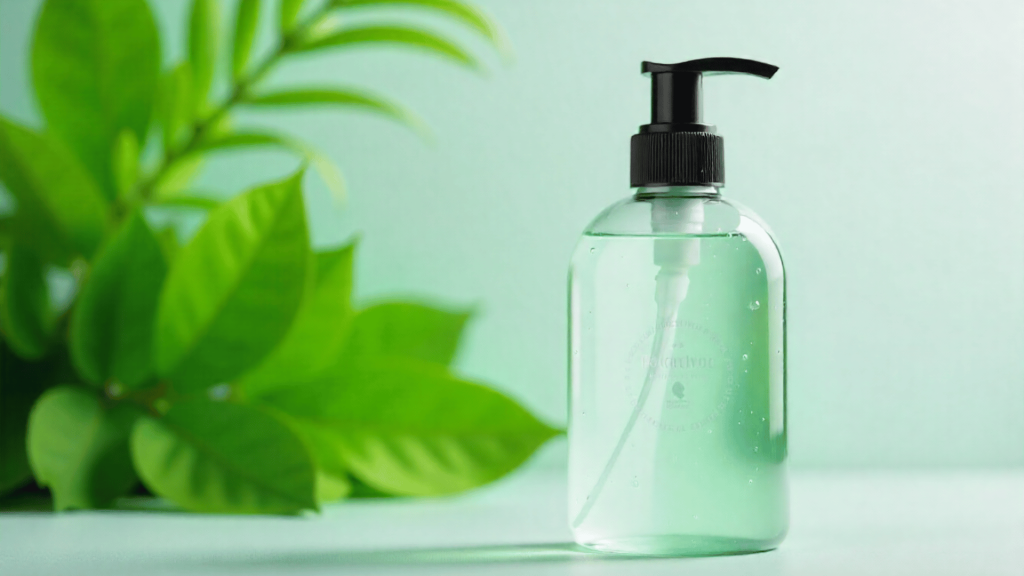
Sunburned scalps can easily become dry and flaky, so switching to a gentle shampoo makes a difference. Moisturizing or sulfate-free shampoos clean without stripping natural oils, helping the scalp recover faster.
They also reduce irritation during washing.
- Why it works: Cleans gently while replenishing lost moisture
- Benefits: Prevents dryness, reduces flaking, supports scalp healing
- How often to apply: Every other day or as needed for comfort
11. After-Sun Lotions or Gels
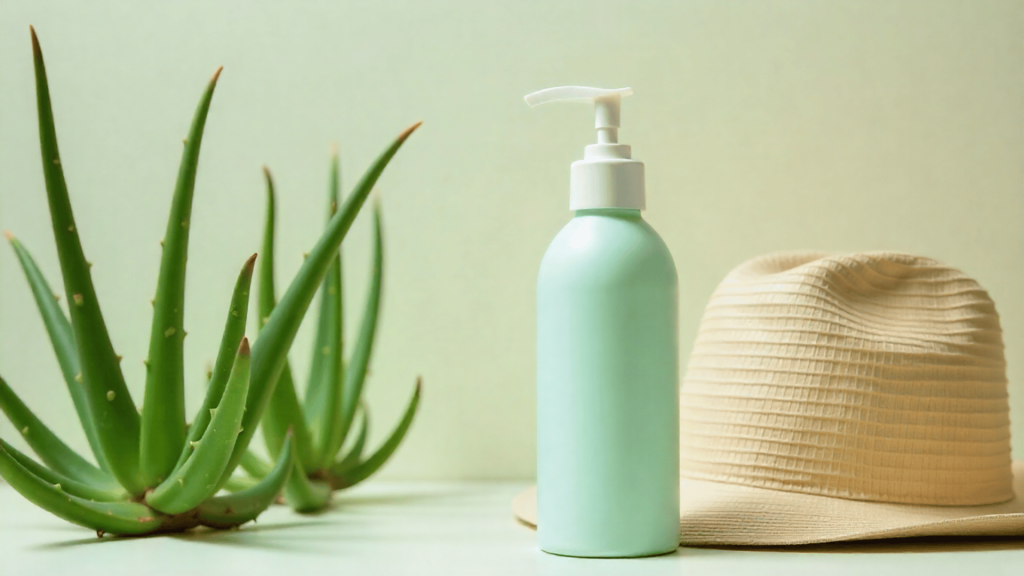
Special after-sun products are designed to calm burned skin, and many are safe for the scalp. These lightweight formulas provide cooling relief and hydration without leaving heavy residue.
They are a good option for consistent care after sun exposure.
- Why it works: Designed specifically to soothe sun-damaged skin
- Benefits: Relieves discomfort, hydrates gently, keeps scalp comfortable
- How often to apply: Once or twice daily until the burn heals
12. Antibacterial Ointments
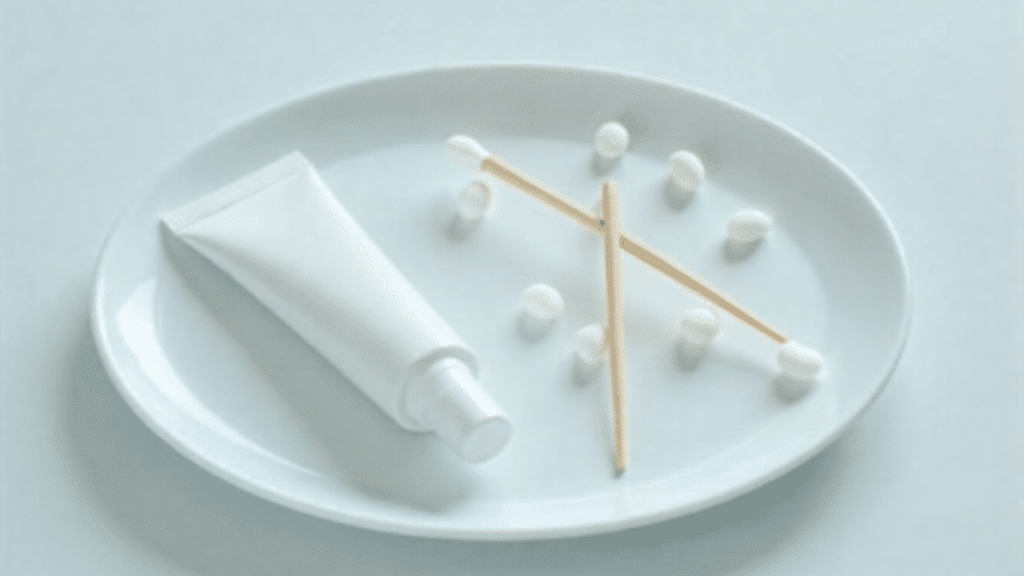
If blisters appear on the scalp, they need extra care to avoid infection. Antibacterial ointments create a protective layer that helps the skin heal safely.
They’re especially important if the scalp has broken skin or feels tender to the touch.
- Why it works: Protects broken or blistered skin from bacteria
- Benefits: Prevents infection, supports faster healing, eases irritation
- How often to apply: Once daily on affected spots until healed
Lifestyle Adjustments for Healing
Simple changes in daily habits can make a big difference when dealing with a sunburned scalp. These adjustments protect sensitive skin, reduce irritation, and give the scalp space to heal naturally.
13. Stay Hydrated

Drinking enough water supports the body’s natural healing process from the inside out. When the scalp is burned, hydration helps restore skin elasticity and prevents dryness from worsening.
- Why it helps: Keeps skin cells hydrated and promotes faster recovery
- Benefits: Reduces tightness, supports skin repair, prevents further dryness
- How to practice it: Drink at least 6–8 glasses of water daily
14. Avoid Heat Styling
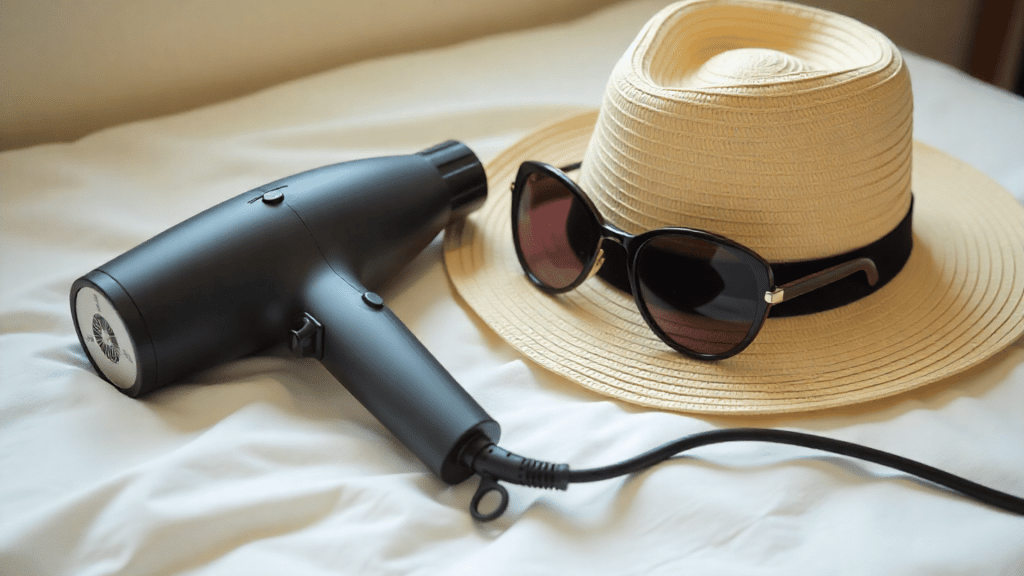
Heat styling tools like blow dryers and straighteners can make a sunburned scalp worse. Avoiding them prevents further irritation and allows the skin to heal naturally.
- Why it helps: Reduces stress and overheating of sensitive skin
- Benefits: Prevents additional damage and speeds up recovery
- How to practice it: Let hair air-dry and skip heated tools until fully healed
15. Gentle Hair Care
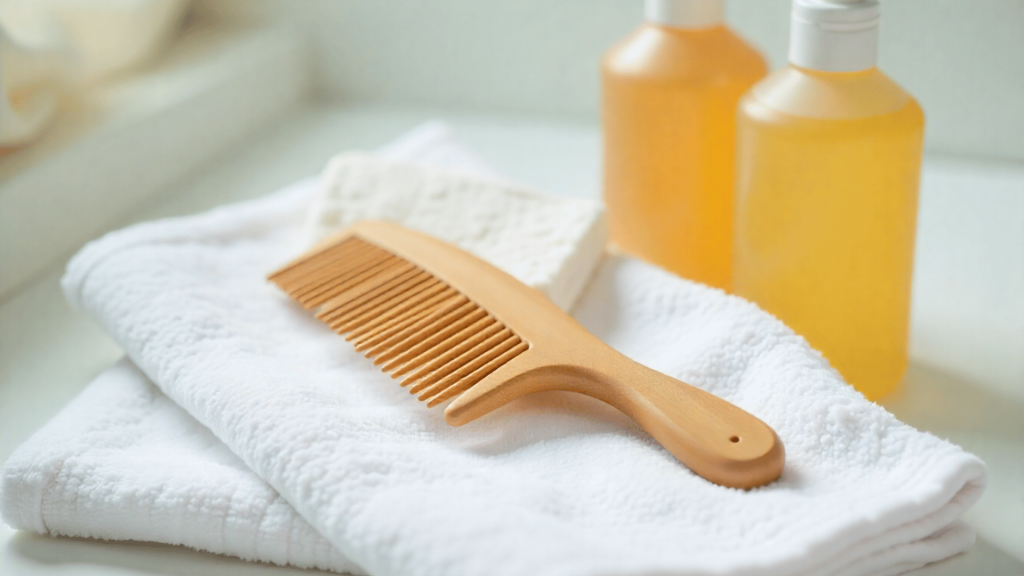
A sunburned scalp is delicate and easily irritated by rough handling. Using gentle techniques helps protect the skin while it recovers.
- Why it helps: Prevents scratching or pulling on tender areas
- Benefits: Reduces irritation, supports healing, maintains comfort
- How to practice it: Use a wide-tooth comb and avoid harsh shampoos or scrubbing
16. Protective Headwear
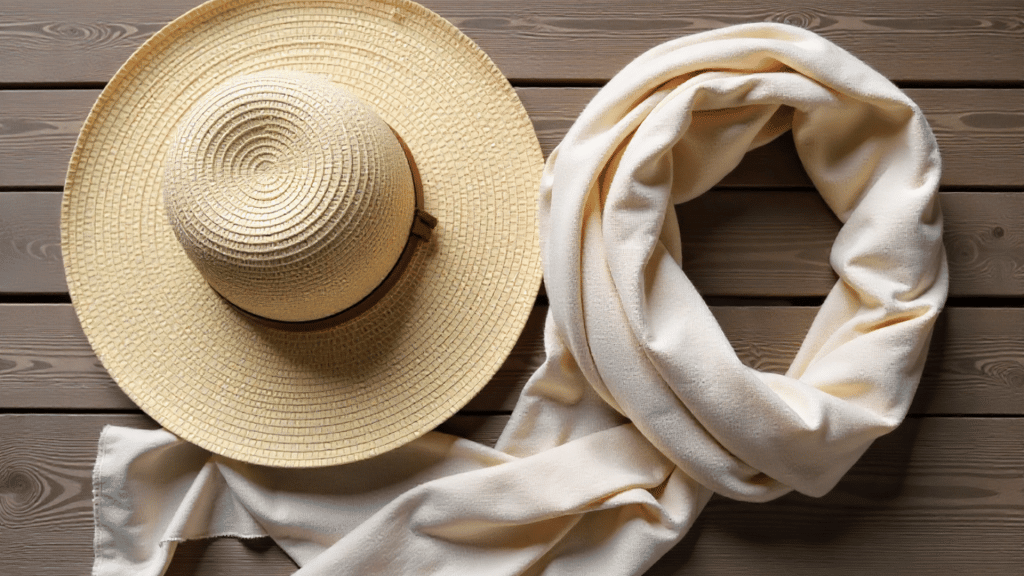
Covering the scalp while outdoors is important during healing. Hats and scarves block harmful UV rays and shield the sensitive skin from further damage.
- Why it helps: Creates a barrier between the sun and the healing scalp
- Benefits: Prevents new burns, reduces discomfort, protects skin
- How to practice it: Wear a wide-brimmed hat or breathable scarf outdoors
17. Dermatologist-Recommended Ointments
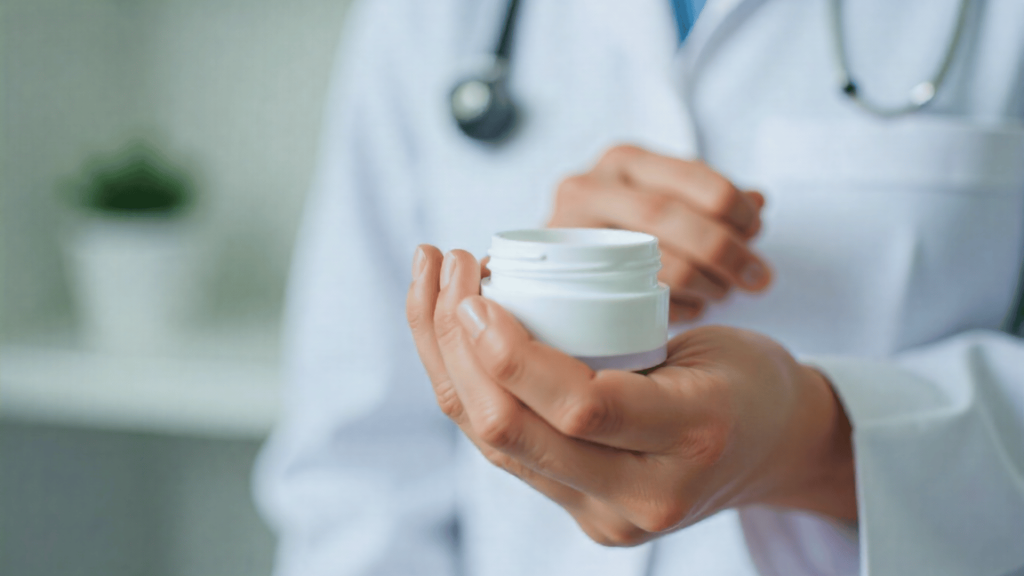
Severe burns may require stronger creams that can only be prescribed by a dermatologist. These ointments are made for sensitive areas like the scalp and target inflammation effectively.
- Why it’s needed: Provides relief when OTC products aren’t enough
- Benefits: Calms inflammation, promotes faster healing, tailored to skin type
- How often to consider it: Use as directed by a dermatologist
18. Choosing the Right Hair Products
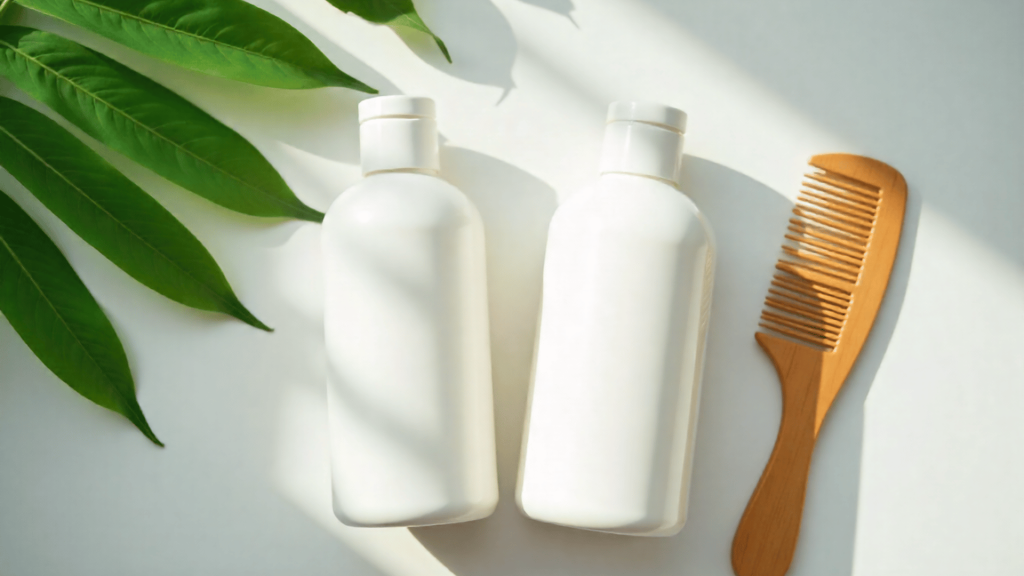
A sunburned scalp is delicate, and harsh products can slow down recovery. Switching to mild, hydrating shampoos and conditioners can make a big difference in keeping the scalp comfortable.
Gentle formulas support the skin’s healing process while preventing extra irritation from strong chemicals.
- Why it helps: Reduces irritation from sulfates and alcohols in harsh products
- Benefits: Maintains moisture balance and soothes sensitive areas
- How to practice it: Use sulfate-free, moisturizing hair care until the scalp fully recovers
19. Adjusting Outdoor Habits
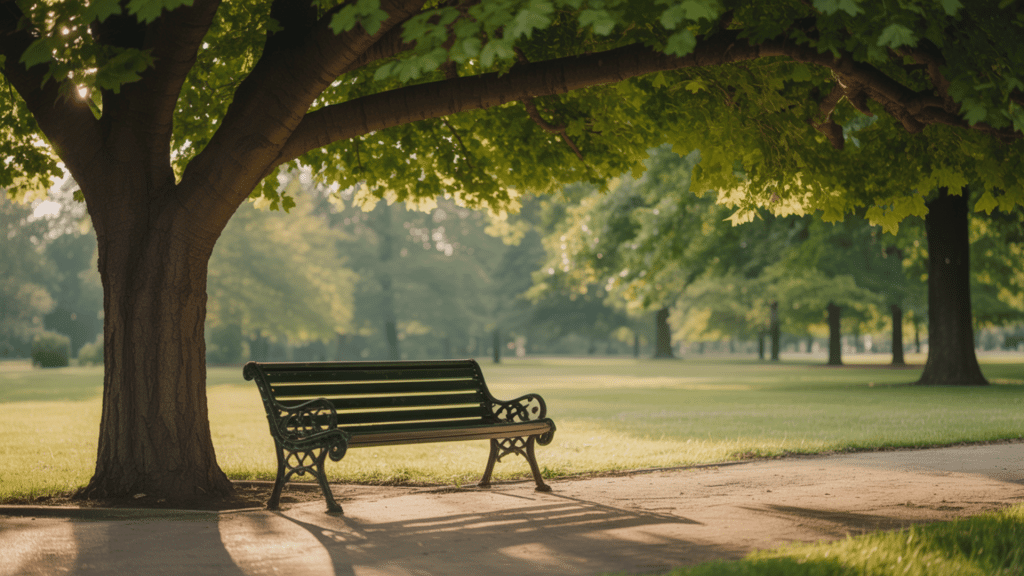
Sometimes prevention comes down to simple daily choices. Avoiding peak sun hours and seeking shade are small changes that go a long way in protecting the scalp.
Pairing these habits with protective clothing and mindful sun exposure reduces the risk of repeated burns.
- Why it helps: Minimizes UV exposure during the strongest hours of sunlight
- Benefits: Prevents recurring burns and supports healthier scalp skin
- How to practice it: Plan outdoor activities for mornings or late afternoons and stay in the shade when possible
While home remedies (like soothing gels, cool compresses, or gentle scalp care) can help relieve mild scalp sunburn, they may not always work. If you experience severe pain, blistering, excessive swelling, signs of infection, or prolonged discomfort, it is strongly recommended to seek medical help.
Does Scalp Sunburn Cause Hair Loss or Dandruff?
A sunburned scalp can sometimes lead to temporary issues, such as flaking, which may resemble dandruff.
This happens because the damaged skin begins to peel as it heals. In most cases, this peeling is short-term and differs from chronic dandruff.
Severe or repeated sunburns, however, may damage hair follicles over time.
While occasional scalp sunburn is unlikely to cause permanent hair loss, frequent exposure without protection can weaken the hair follicles, potentially leading to long-term thinning of the hair.
Protect Your Scalp from the Sun
Protecting the scalp from the sun is just as important as shielding the face or arms. With a few simple habits, it is easy to prevent painful burns and keep the scalp healthy. Here are some additional tips:
- Wear a wide-brimmed hat or a lightweight scarf outdoors
- Use sunscreen sprays or powders made for the scalp
- Avoid tight or straight hair parts that expose skin
- Choose hairstyles that provide more coverage
- Plan outdoor activities during early mornings or late afternoons
- Stay in shaded areas whenever possible
- Reapply scalp sunscreen regularly when outdoors
Conclusion
Prevention remains the best strategy for avoiding scalp sunburn in the future. Wearing hats, using sunscreen on exposed areas, and seeking shade during peak sun hours can protect this sensitive area.
People with thinning hair or bald spots need to be especially careful about sun protection.
Remember that scalp skin heals differently from other body areas, so gentle treatment is key to avoiding further irritation.
Experiencing persistent scalp pain or unusual symptoms? Consult a dermatologist for professional evaluation and personalized treatment recommendations to restore your scalp’s health and comfort.

